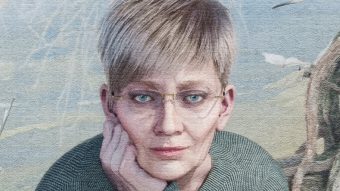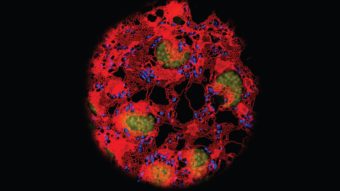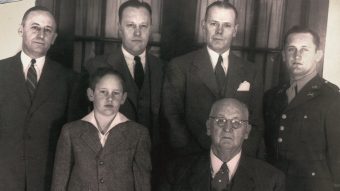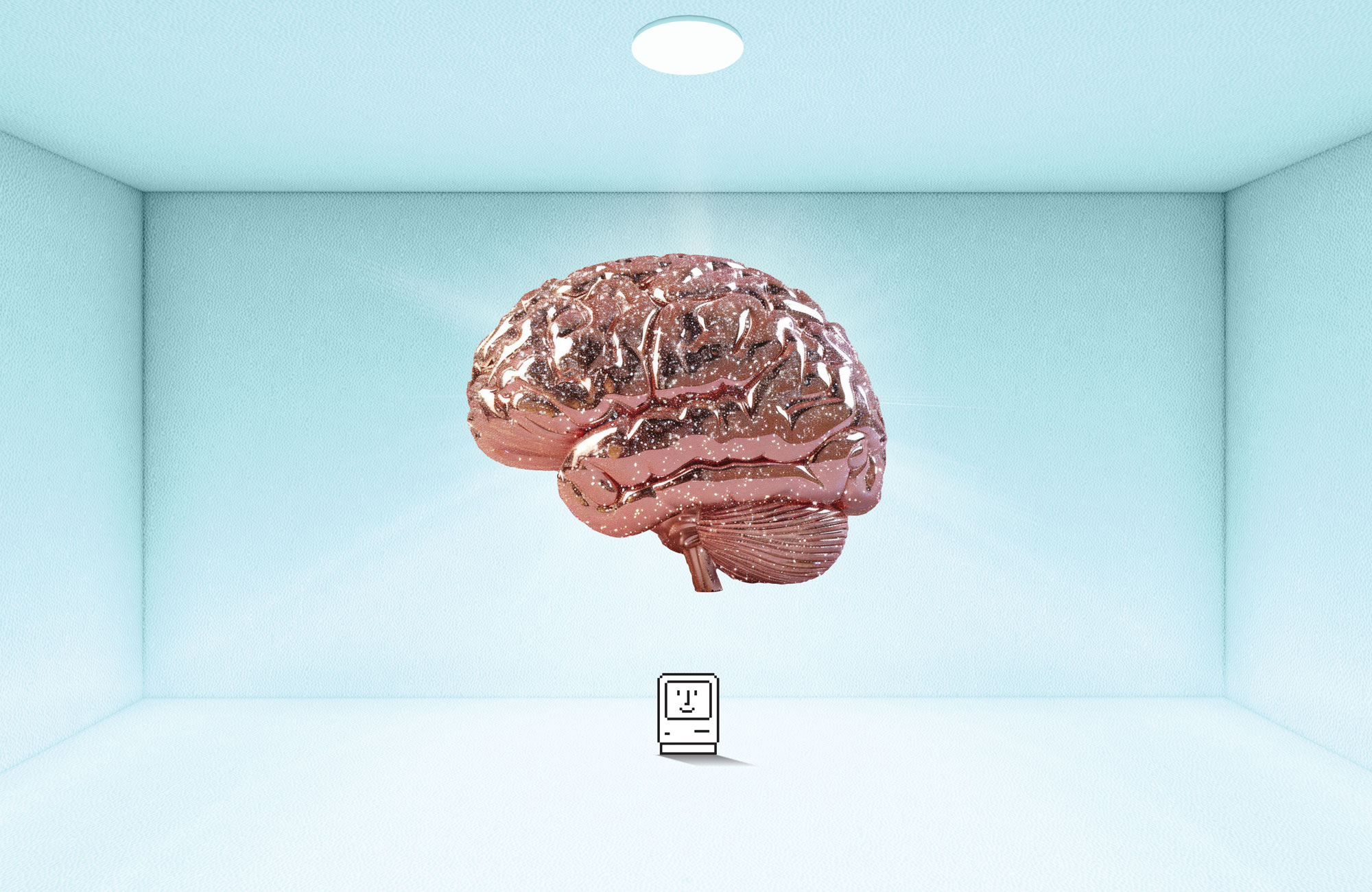
Published on Show Me Mizzou Aug. 27, 2024
Story by Tony Rehagen, BA, BJ ’01*
Illustrations by Blake Dinsdale, BA ’99*
* Editor’s note: For this story on machine learning, we embraced several tools powered by artificial intelligence. On the editorial side, we consulted with ChatGPT on ways to structure and subdivide the feature, asked it to create two-word headlines for each entry and, when it came time to trim, told it to outline areas that could be cut for space. On the illustration side, we worked with image-generating AI platform Midjourney to create icons, backgrounds and accents.
Artificial Intelligence (AI) has seamlessly integrated itself into virtually every aspect of contemporary society, permeating our daily lives and reshaping industries across the globe. From personalized recommendations on streaming platforms to autonomous vehicles navigating city streets, AI’s presence is unmistakable and profound. It powers virtual assistants that manage our schedules and homes, facilitates medical diagnostics with unprecedented accuracy, and optimizes supply chains for global commerce. Beyond these familiar applications, AI also drives innovations in fields as diverse as finance, entertainment, education and beyond.
Machine learning, a more technical (and often more accurate) term for AI, also has infiltrated media and the way we communicate. In fact, the paragraph above was written by ChatGPT, the AI chatbot that uses algorithms to analyze vast amounts of copy to generate responses to user inquiries. My prompt was simply: “Write an intro about how AI is everywhere.”
What my computer overlord left out was that AI is transforming college campuses, too, not just by influencing the way we teach and learn, but also by directing research into how these new technologies can benefit (or challenge) every walk of life. At Mizzou, for instance, dozens of researchers in departments as varied as engineering, agriculture, visual art and journalism are finding ways to harness machine learning to improve the way we live.
So how best to spotlight Missouri’s contributions to the study of AI? Why not ask AI itself?
ChatGPT’s partial answer: “Introduce key faculty members leading AI research projects at Mizzou. Include their backgrounds, expertise and notable contributions to the field. Additionally, feature stories of students involved in AI research, showcasing their projects, motivations, and the impact of their work.”
Who am I to argue with technology?
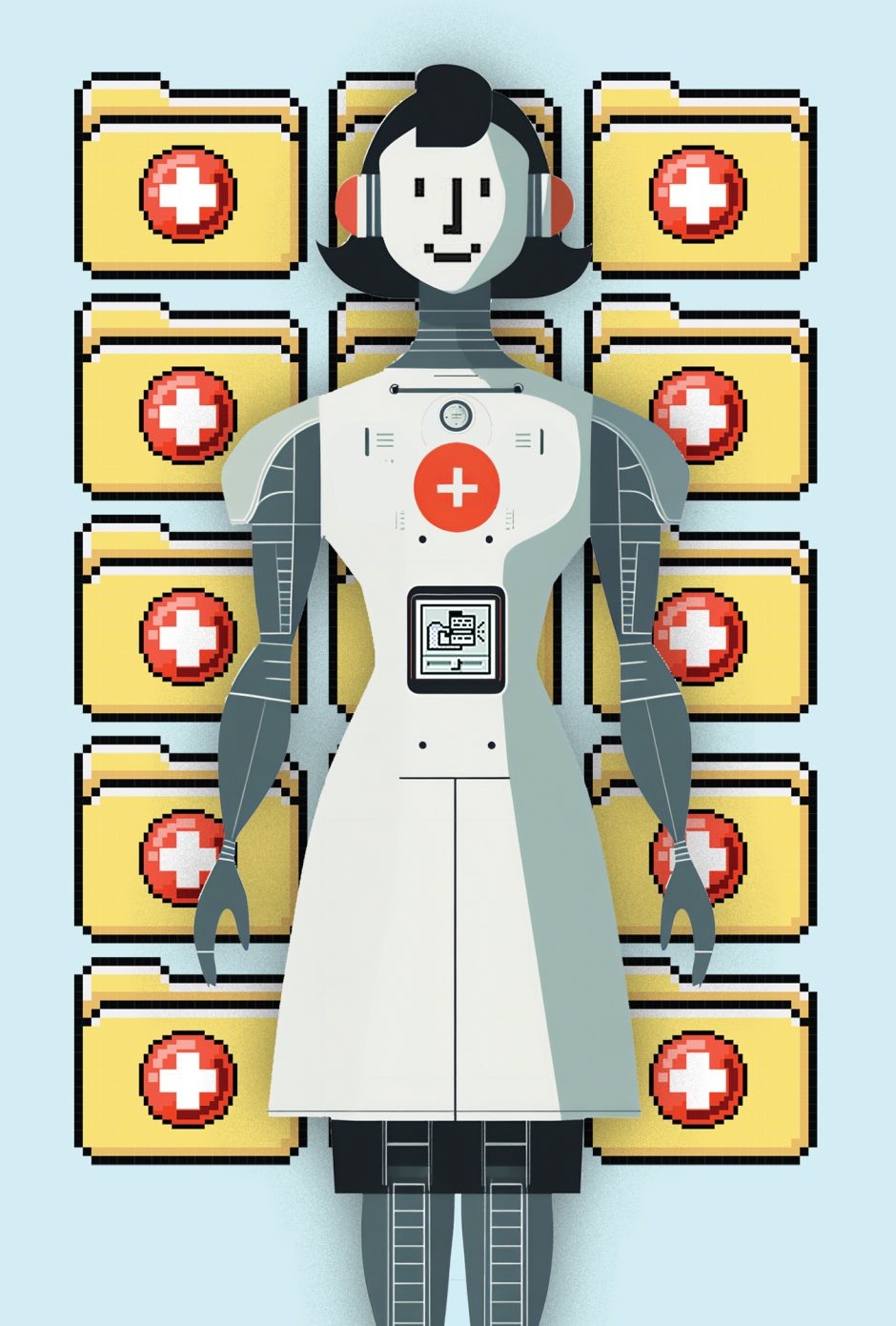
AI-powered healthcare
Even before he knew what industrial engineering was, Sharan Srinivas was fascinated by complex systems. As a child, he wondered how a bottle of Pepsi or a bag of Lay’s found its way to the most remote parts of his native India. He was in awe of FedEx and Amazon and how they delivered millions of packages to the correct addresses.
When an adult Srinivas, assistant professor in the School of Engineering, began thinking about the machinations of the healthcare industry, industrial engineering and the application of technology, including AI, to improve these systems became something of a personal mission. “The healthcare sector offers significant opportunities to translate research outcomes into practice,” Srinivas says. “And unlike many other sectors, the U.S. healthcare industry has maintained comprehensive electronic medical records for more than 20 years. And improvements and optimizations in healthcare have a direct and profound impact on society. Enhancing healthcare operations not only improves efficiency and reduces costs, but it also enhances patient outcomes and overall wellbeing.”
Since that epiphany, Srinivas has focused his research on projects such as smart patient scheduling that uses AI to minimize wait times and improve access; AI-powered models for optimizing hospital inventory of life-saving perishable items such as platelets; AI-assisted approaches for understanding the long-term impacts of psychological and physiological factors on cardiovascular diseases; and using AI to streamline the flow of patients in emergency rooms.
Srinivas currently directs his efforts toward a long-term diabetes risk prediction model for adolescents that can uncover how lifestyle choices, behaviors, and other traits will affect their future risks as adults. “The future of AI in healthcare is very promising,” he says. “In my opinion, AI technology will benefit all parties involved: patients, physicians, administrators, and society in general.” College of Engineering
Digital health
Chi-Ren Shyu’s research focuses on digital health, explainable AI (XAI), quantum computing, digital clinical trials, data mining and spatial big data analytics. As director of MU Institute for Data Science, his work includes analysis of data to determine 90-day outcomes of stroke patients who undergo a mechanical thrombectomy and identifying gene expression in single-cell RNA using linear correlation. College of Engineering
Equitable healthcare
Assitant professor Kate Trout is dedicated to creating equitable health systems through Health Information Technologies (HITs) such as telehealth and mobile health to improve access and efficiency of healthcare, especially in underserved, low-resource rural areas. College of Health Sciences
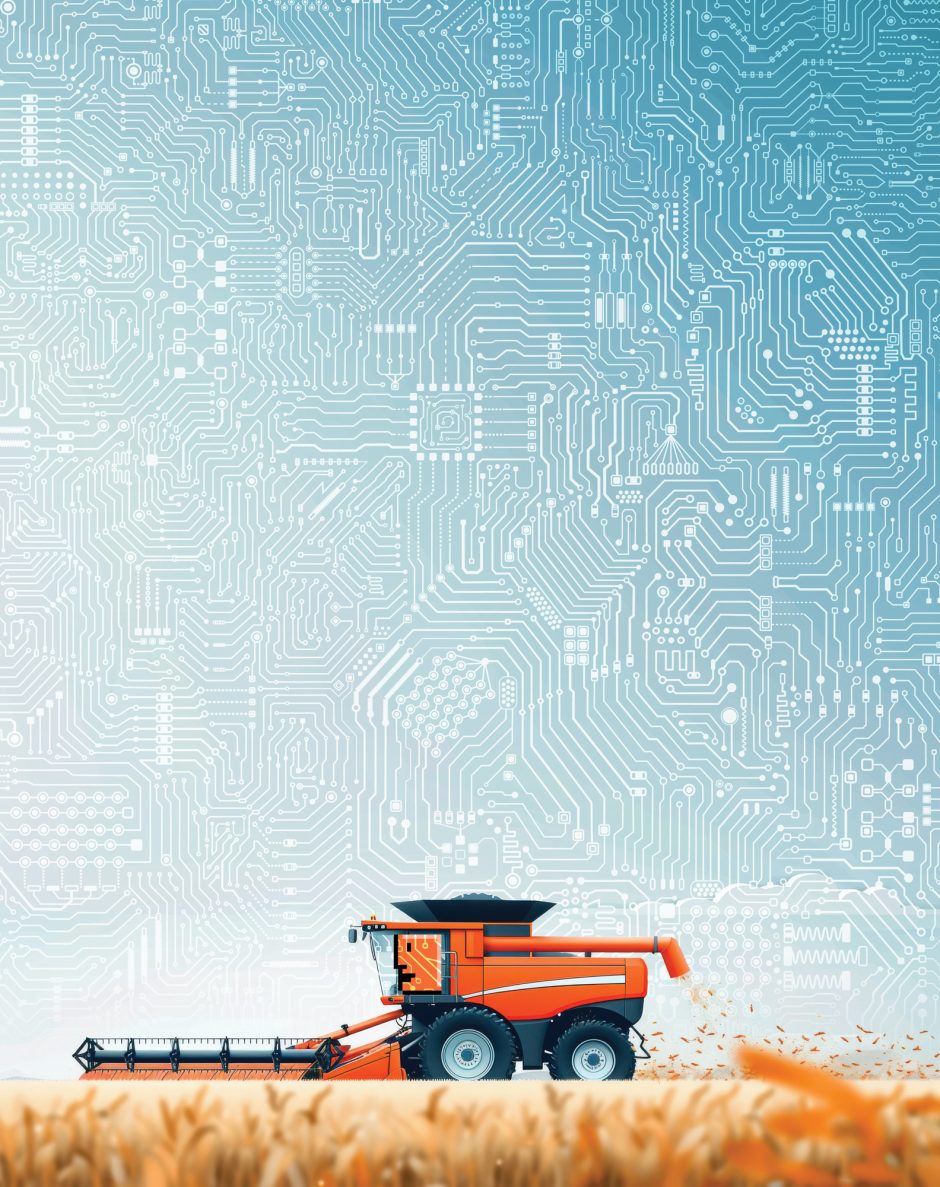
Agri-tech innovation
Growing up in Nepal, a predominantly agrarian nation, Jasmine Neupane became acutely aware of the challenges facing industrial agriculture: input management, limited yields and environmental impact. But the country was ill-prepared to tackle those problems through technology. “In Nepal we learn about tech in a textbook,” she says. “We’re not using it in the field, and there’s not a lot of research.”
So when she came to the U.S. for her graduate studies, Neupane dedicated herself to agricultural innovation through cutting-edge technology — including AI.
As an assistant professor at MU’s College of Agriculture, Food, and Natural Resources, Neupane has focused much of her research on using digital agriculture technologies such as remote sensing, IoT (Internet of Things) devices and data analytics on just about every aspect of crop systems, from planting to pest management to irrigation to harvest, in hopes of improving production profitability and protecting the environment. “Think about it from the farmer’s perspective,” Neupane says. “They aren’t able to go out into every part of their field every day. Using drones or satellites or IoT sensors, we can collect a vast amount of data in a short period of time. Then we can use machine learning and AI algorithms to process that data quickly and make decisions in real time.”
For instance, farmers can use this data to identify where they are applying too much nutrient, or not enough, or which part of a field is more prone to erosion in gullies and nutrient leaching to nearby waterways. “Producers want to make a profit from their land,” she says. “But they are also interested in how to make the environment better and think long-term. I think, with digital agriculture technology and strategies, we can answer those questions.”
Once Neupane helps answer those questions here in Missouri, she hopes to export some of that knowledge back home to Nepal, where her family still lives. College of Agriculture, Food & Natural Resources (CAFNR)
Cattle genomics
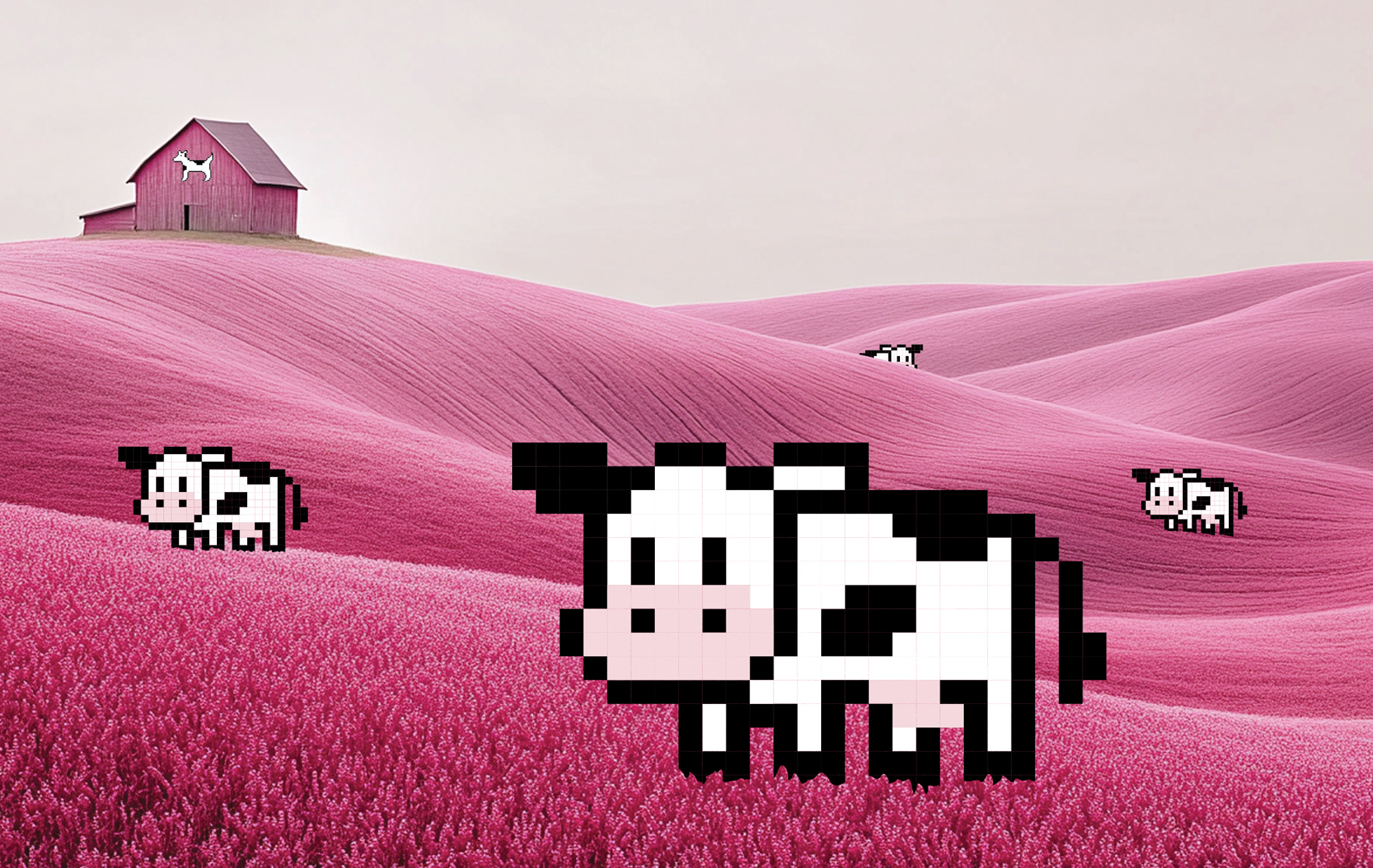
Wurdack Chair of Animal Genomics Jared Decker works in the precision agriculture realm. He focuses on areas such as the genomic prediction of economically beneficial traits in beef cattle and population structure in cattle breeds (building a family tree), and he studies cow feed intake and basal metabolic rate using genomic and phenotypic data. CAFNR
Hydrology modeling
Michael Sunde employs quantitative modeling and geospatial and remote sensing to examine the impacts of urbanization, deforestation and climate on the environment, with a special focus on watershed hydrology. The assistant research professor’s work uses machine learning to process data and help planners and decision-makers improve natural resource management. CAFNR
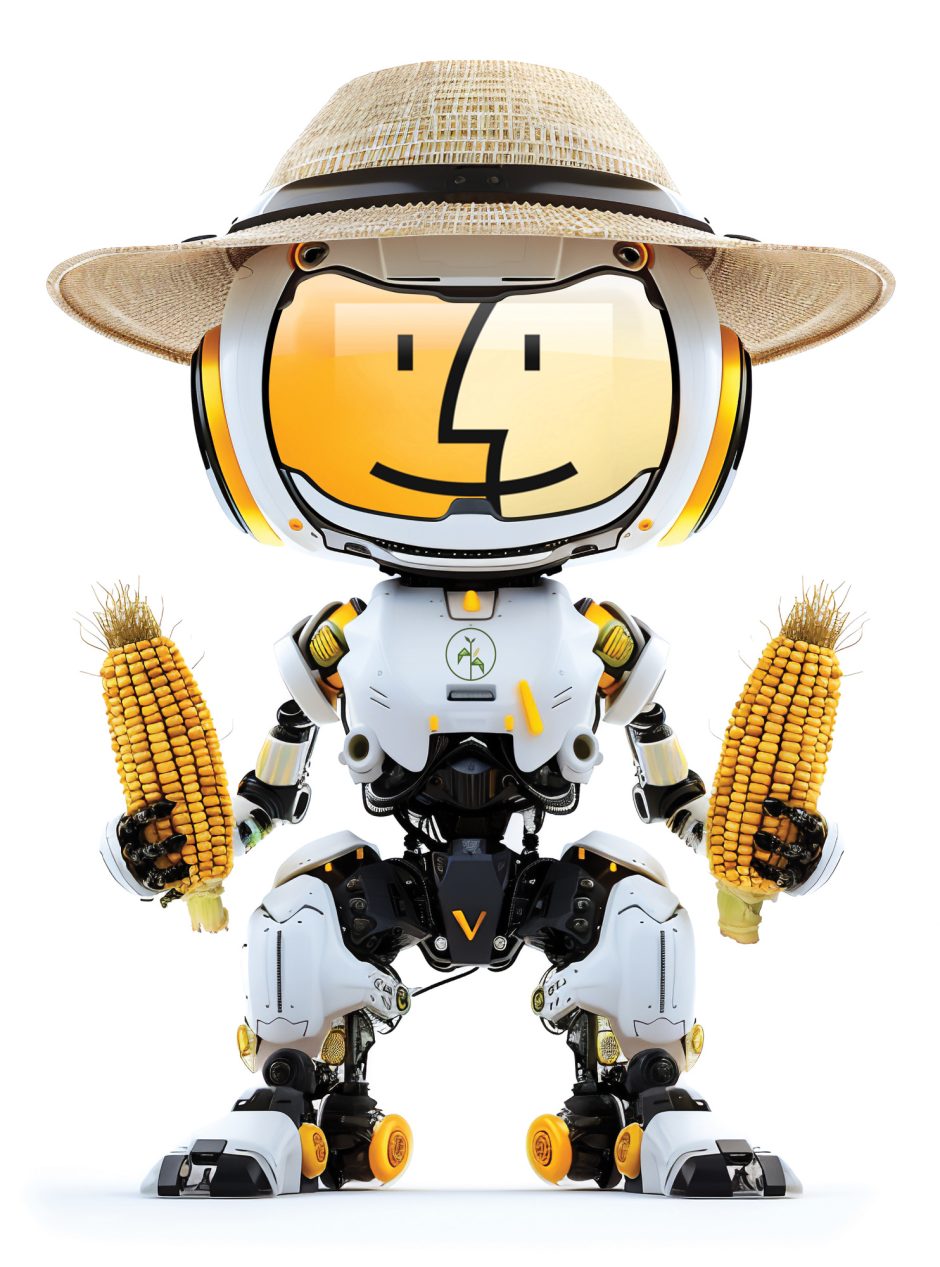
Robotic harvesting
Associate professor Jianfeng Zou studies AI-enabled crop phenotyping and focuses on the precision technology side of ag, including computer vision and digital agriculture. He has helped develop mechanical and robotic harvesting tech for specialty crops and worked on the Monarch MK-V tractor, an autonomous electric machine with the potential to aid farmers with disabilities and refine agricultural practices for all farmers. CAFNR
Soybean agronomy
Specializing in soybean agronomy, assistant professor Andre Froes De Borja Reis conducts research using AI to process vast amounts of data and make genetic predictions for crops. For instance, he has coauthored papers on the analysis of the effect of sulfur fertilization on soybean yield and seed composition and the effects of planting dates on yield and risk. CAFNR
Biomedical analysis
Jianlin “Jack” Cheng’s research centers on the use of machine learning and AI methods to analyze biomedical data. For instance, the tools the Curators’ Distinguished Professor and his research team have developed for examining biological networks, protein structure and 3D genome structure are widely used in the field. College of Engineering
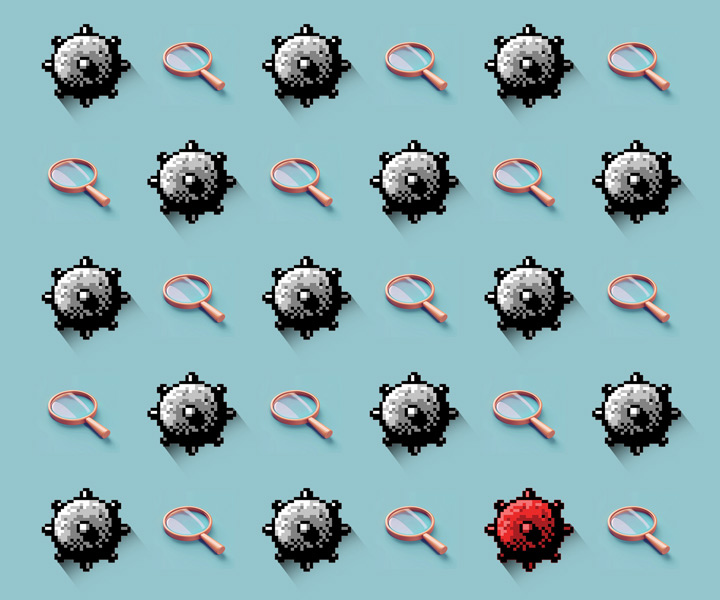
Trustworthy tech
With a focus on information fusion and machine learning/AI, Derek T. Anderson, a professor in the College of Engineering, is working to develop trustworthy and explainable AI (XAI, capable of explaining its own decisions) that can sense, think and act autonomously in new and complex environments. For instance, a recent project involved training AI to better detect landmines using simulated environments. College of Engineering
MRI innovation
As an MRI researcher, Changyu Sun, assistant professor of biological and biomedical engineering, is developing new strategies for rapid MRI acquisition and accurate reconstruction using data-driven methods, including deep learning. His simultaneous multislice acquisition and reconstruction methods have been applied to cardiac cine (acquired to capture motion), perfusion (to see blood flow) and strain (detecting tissue and muscle tear) MRI techniques. College of Engineering

Cloud networking
Prasad Calyam’s research and development areas of interest include cloud computing, cybersecurity and computer networking. The Director of Mizzou Center for Cyber Education, Research, and Infrastructure (CERI), College of Engineering, his work encompasses everything from using drone networks for disaster response to using graph-based link prediction to connect scholars from diverse fields for research collaboration.College of Engineering

Big data
Associate professor Praveen Rao’s Scalable Data Science Lab (SDS Lab) aims to develop scalable algorithms and systems for big data in the areas of ecommerce, social media, healthcare and defense. For instance, the SDS Lab has looked at ways machine learning and deep learning techniques can bolster cybersecurity on social media and enhance precision health and digital pathology. College of Engineering
Disease diagnosis
Kannappan Palaniappan, Curators’ Distinguished Professor of Electrical Engineering and Computer Science, works with computational video analytics, including computer vision, deep learning, remote sensing, data visualization, high-performance computing and biomedical imaging. He has collaborated with the National Institutes of Health to develop a two-stage deep-learning system to more accurately diagnose malaria and a computer-assisted method for analyzing chest X-rays to diagnose tuberculosis. NextGen Precision Health
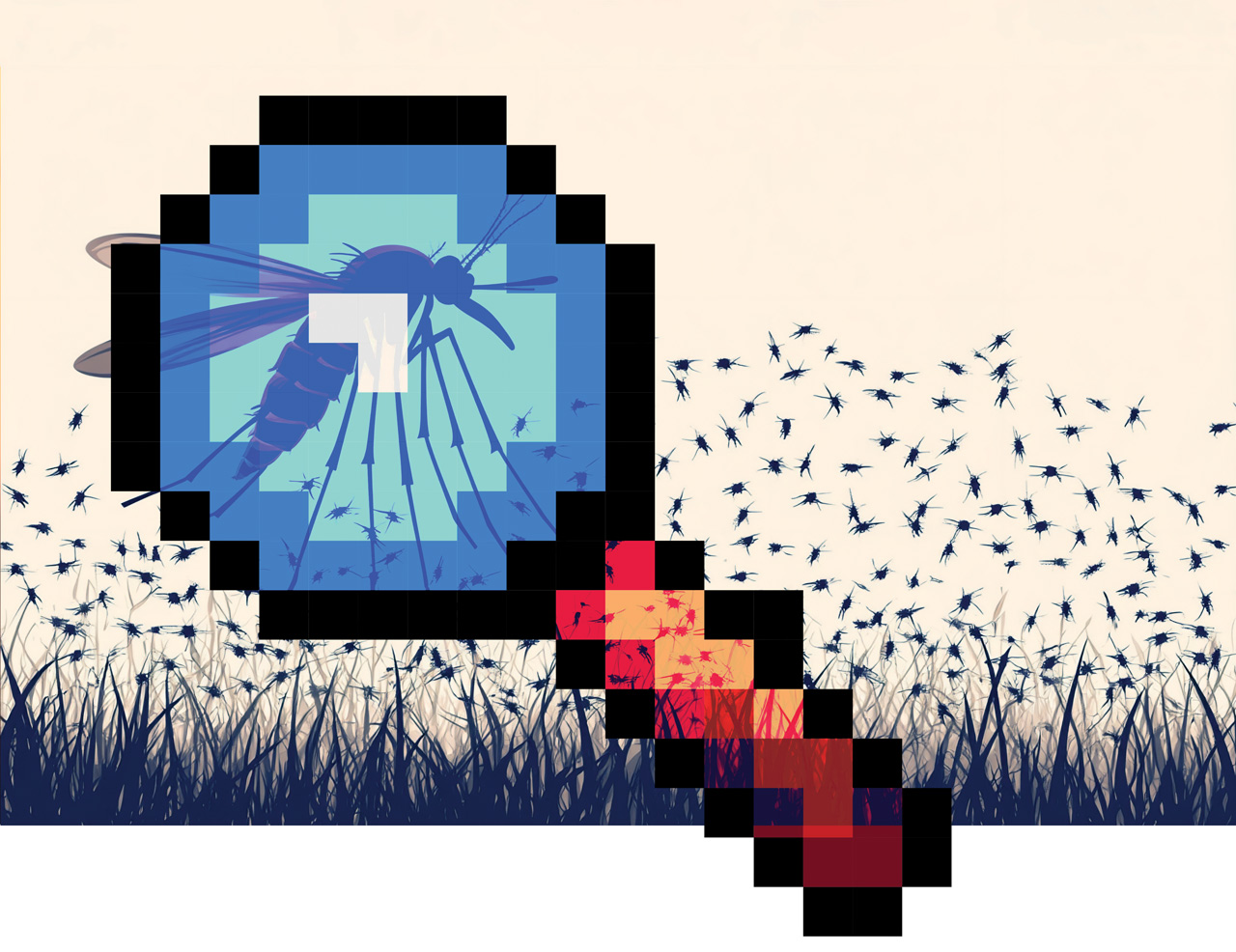
Virtual training
Assistant professor Noah Glaser’s research explores how AI and virtual reality headsets can provide immersive simulation and training to help neurodiverse learners adapt to real-world situations: everything from using public transportation to developing STEM skills in preparation for potential careers. College of Education and Human Development
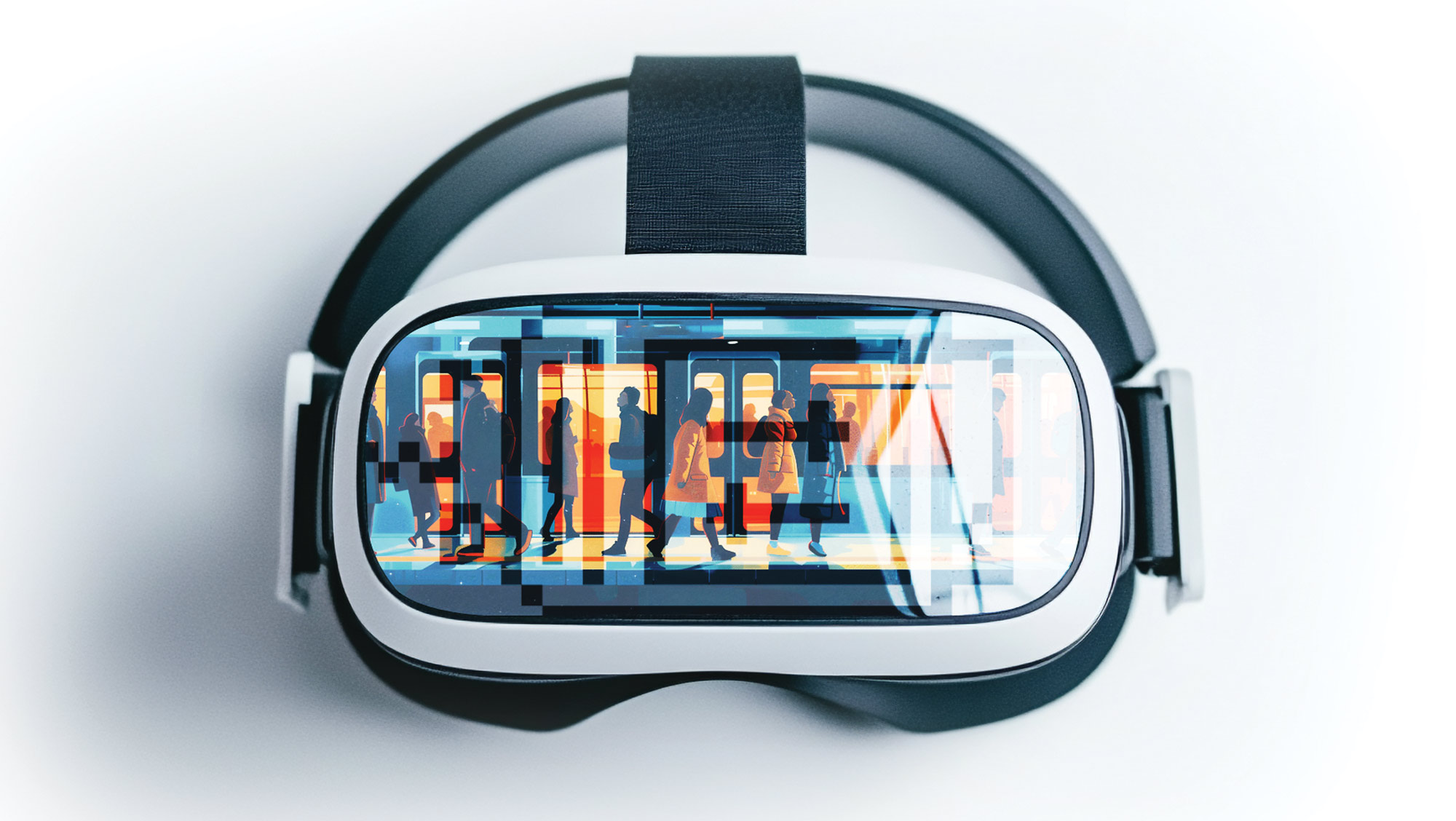
Bioinformatics interface
Since 2012, Dong Xu, Curators’ Distinguished Professor of Electrical Engineering and Computer Science and Paul K. and Dianne Shumaker Professor, has focused on the interface between bioinformatics and deep learning. His team developed a new way to use machine learning to analyze single-cell RNA sequencing to detect when diseases, including cancer, are present, enabling doctors to apply treatment sooner and more effectively. NextGen Precision Health
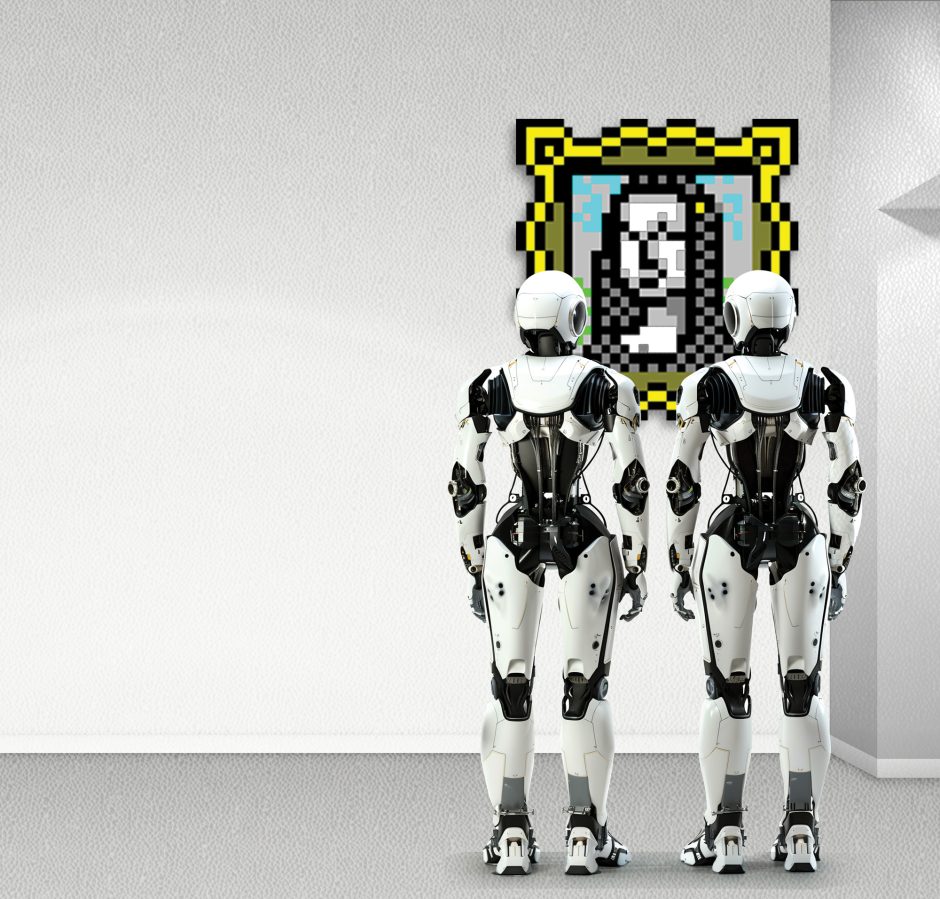
The ethics of AI art
As AI and machine learning work their way into each part of our daily lives, every field of study faces similar questions about ethics, inherent bias, privacy and disinformation. But creators and especially artists face a unique dilemma when it comes to AI: If it is generated by a machine, is it even art?
“I don’t believe in just typing in a prompt and saying that’s my work,” says Katina Bitsicas, a new media artist who uses video, photography and performance to create her art. “But I encourage my students to use it if they’re stuck, visually. It’s a starting point for something bigger.”
Bitsicas, an associate professor in the School of Visual Studies, has experimented with AI in her own work and research, which explores grief, loss and trauma. This includes using a dataset of texts, videos and audio from her late father to create an AI advice bot that can offer phrases of guidance and wisdom in response to a prompt.
She also has experimented with exactly.ai, a software product that trains on a dataset of a creator’s previous work and produces new pieces in the artist’s unique style. “I had mixed thoughts at first: ‘Am I just feeding the machine?’” she says. “But you’re training it on your own dataset, not pulling it from the vast interweb, it gives you the ability to see different versions of your own thought process and aesthetic and different variations of a specific project.”
No matter what technology she incorporates into her work, Bitsicas is always sure to credit that AI and, more importantly, its creator.
“It’s never completely a machine,” she says. “That AI tool is always made or developed by a human.” School of Visual Studies
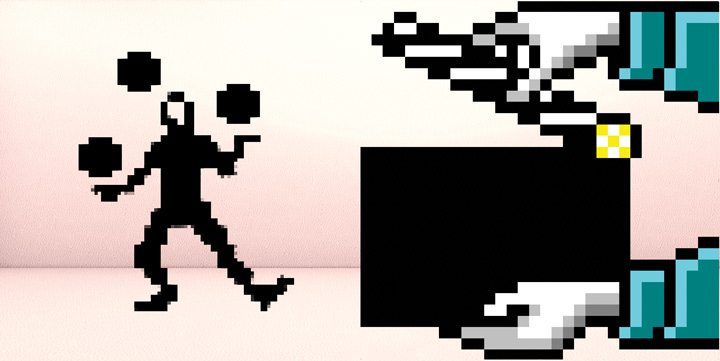
Digital performance
As a professor of digital media and performance studies in the College of Arts and Science, Kevin Brown researches the ways in which digital media intersects with performance, including the role of AI, robotics, video games and other factors in the construction of identity, gender, class and community. College of Arts and Science
Journalistic AI
Professor Amy Simons helps journalism students use ChatGPT to translate dense, technical jargon into lay terms, better fact-check their stories, spot and understand disinformation, foster discussion about the ethical implications of using AI as part of the journalistic process, and consider credibility and trust with their audience. School of Journalism
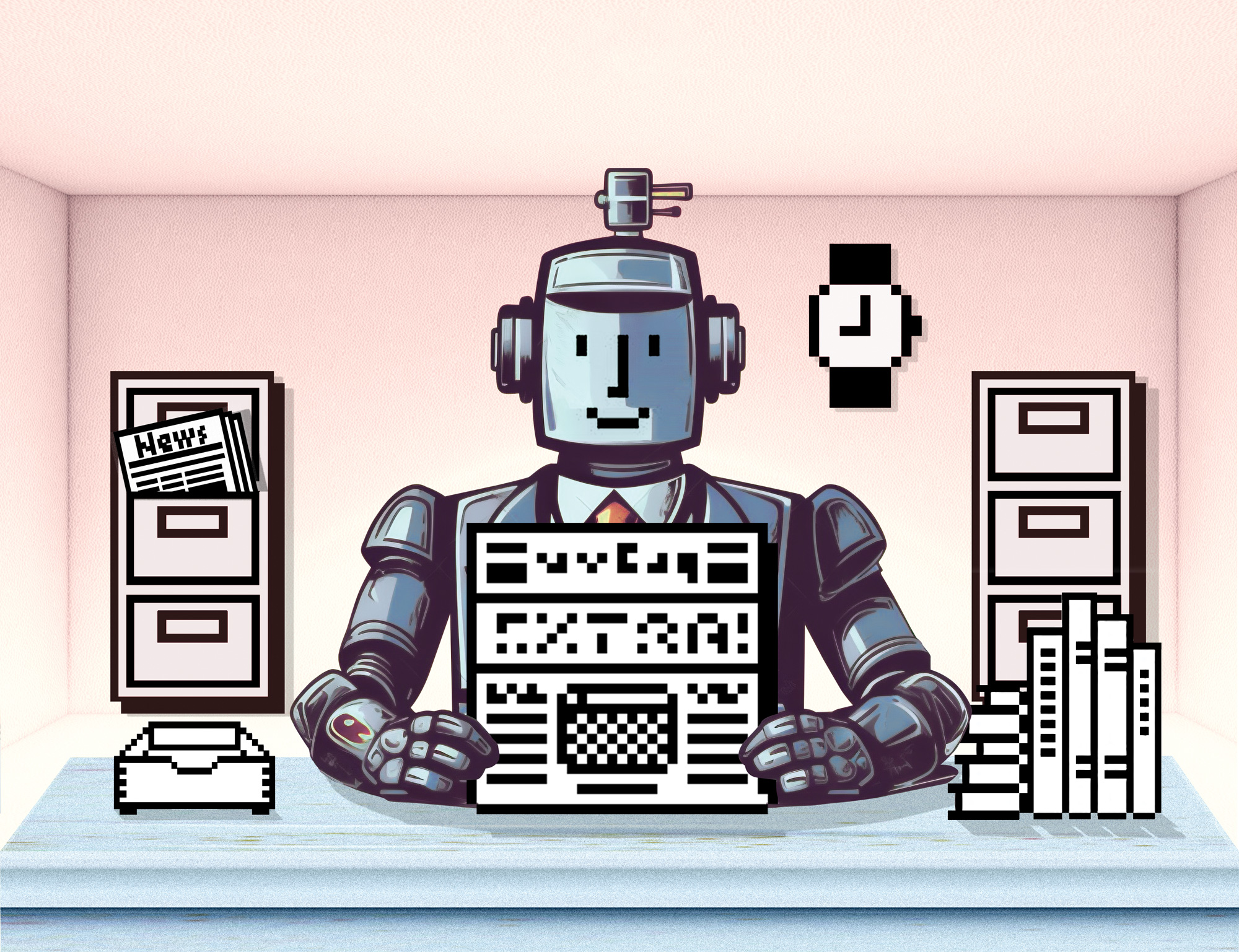
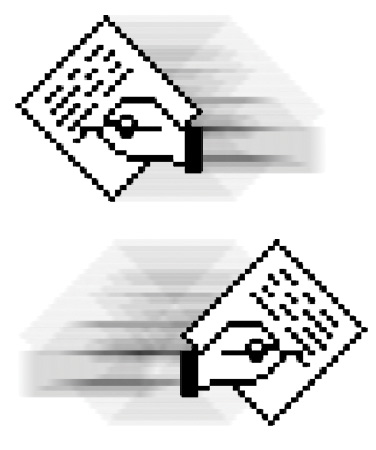
PR automation
The research of Jon Stemmle, Faculty Group Chair, Strategic Communication, examines how public relations professionals are using generative AI in their work. For instance, a recent report he coauthored found that PR firms are using AI more to speed up mundane tasks, such as creating meeting notes and drafting press releases, rather than commissioning a professional for the jobs. School of Journalism
AI discourse
Jared Schroeder, an associate professor and expert on the implications of AI, addresses its application to open discourse in society, democracy and elections, misinformation and disinformation and regulation. In his new book, The Structure of Ideas: Mapping a New Theory of Free Expression in the AI Era, Schroeder explores how AI shapes the marketplace of ideas.
School of Journalism
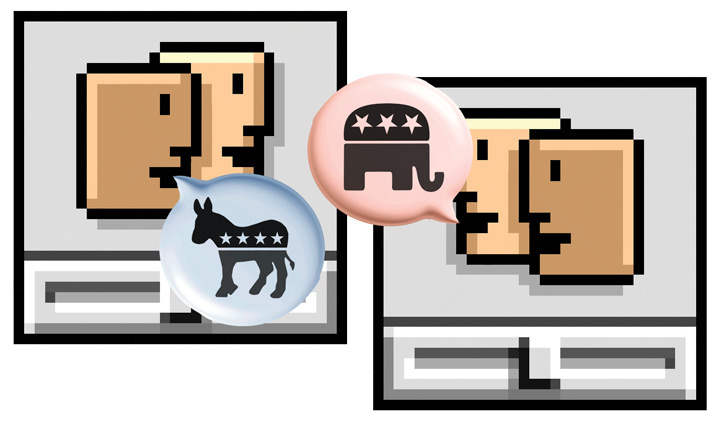
Tech entrepreneurship
J. Scott Christianson explores the role technology plays in our daily lives and AI’s role in changing the landscape of entrepreneurship. In his classes, the associate teaching professor has set out guidelines for how students can use AI on their projects, sometimes even requiring them to use it, in order to help them think critically about emerging tech. Trulaske School of Business
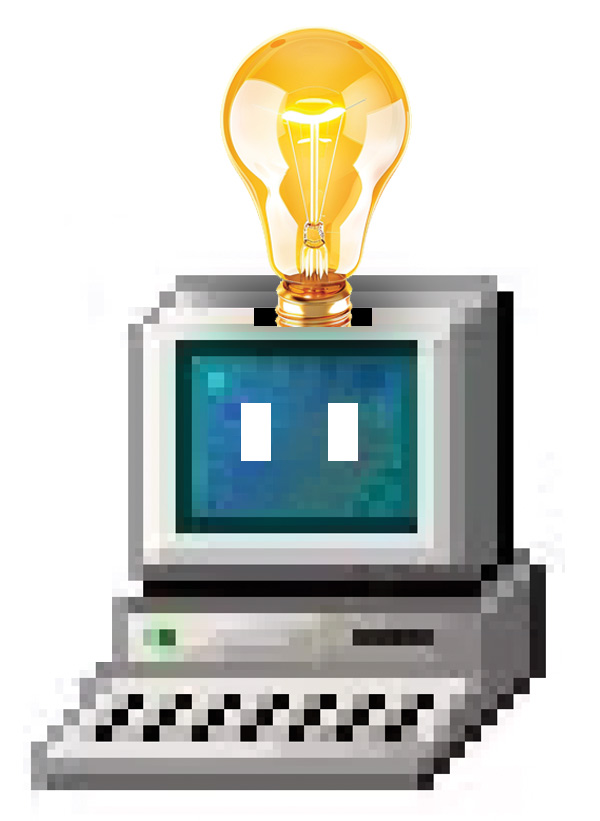
Patent AI
Dennis Crouch, Leedy Professor of Law, has conducted years of research in artificial intelligence and patent law, including using generative AI as a tool for patent attorneys in their work and the question of when the products of inventive AI are eligible for patents. School of Law
To read more articles like this, become a Mizzou Alumni Association member and receive MIZZOU magazine in your mailbox. Click here to join.

